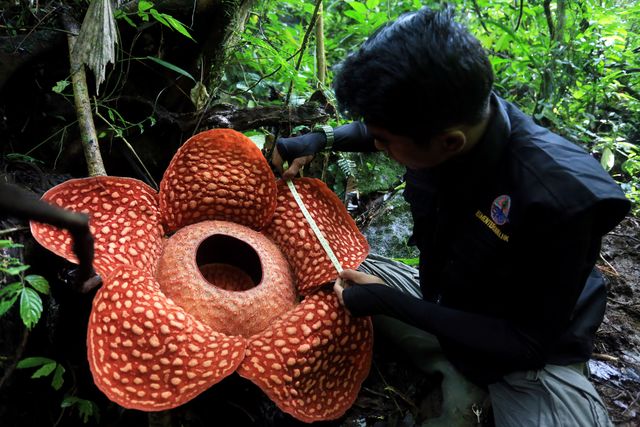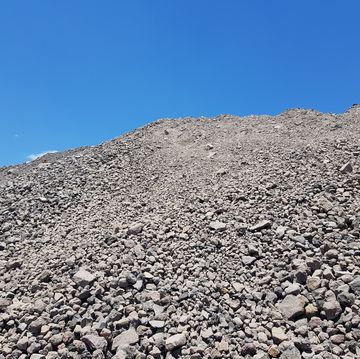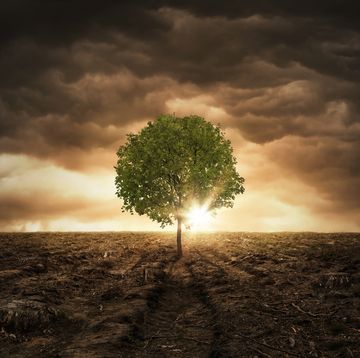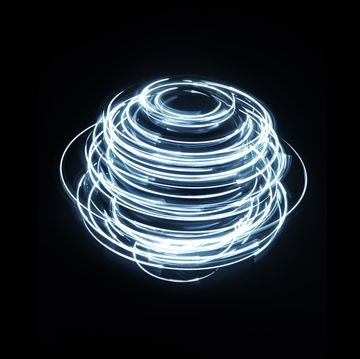- The world's largest flower belongs to the Rafflesia genus which is known for producing plants that smell like rotting meat.
- This particular bloom is believed to be Rafflesia tuan-mudae and was discovered in the Maninjau Forest Conservation in Indonesia.
- The bloom measured 3.5 feet across—1.6 inches more than its predecessor.
Not every flower smells like roses. Take, Rafflesia tuan-mudae, for example, a flower more commonly known as the "stinking corpse lily" or "corpse flower." People who have smelled R. tuan-mudae describe it as emitting a stench similar to that of rotting meat.
Earlier this month, a particular Rafflesia tuan-mudae, spotted in a forest near Lake Maninjau in Indonesia, became the largest flower in the world, measuring 3.5 feet across (1.6 inches more than the previously the record holder). This new bloom grew in the same exact spot as its predecessor, which could indicate that it's actually the same plant.
All Rafflesia flowers smell like death, but after a week of stinking up the air around them, Rafflesia flowers also begin rotting themselves. Flowers in the Rafflesia genus take approximately nine months to fully bloom, which makes their wildly short stint in bloom that much more exciting.
This particular flower, spotted in a forest near Lake Maninjau in Indonesia, is also the largest flower in the world, measured 3.5 feet across (1.6 inches more than the previously the record holder). This new bloom grew in the same exact spot as its predecessor, which could indicate that it's actually the same plant.
But despite its gargantuan size and smell, the most interesting thing about Rafflesia is that it's also a parasitic plant. According to New Scientist, it doesn't have leaves, stems, or roots and hides "away inside their host plant." Rafflesia grows on Tetrastigma vines, which belong to a genus of plant related to grapes. Tetrastigma provides the food and water for Rafflesia to grow and thrive during it's short week of life.
But what makes Rafflesia flowers smell so bad? Turns out there's a biological function for the repulsive stench: it attracts flies and other insects which pollinate the plant so it can continue the reproductive process. Chemicals like dimethyl disulfide, which contain sulfur, is what creates the rotten smell.
This stinky strategy isn't the only one. There's the Eastern Skunk Cabbage, which, true to its name, smells like a dead skunk, and Hydnora africana, which smells like feces. Then there's the Titan arum, also known as the corpse flower, that is native to Indonesia and even rarer, blooming every 4-6 years for a measly 24-48 hours. Unlike Rafflesia, T. arum leaves the scent of death and decay in the air for a few days after dying.
As of publish time, a Rafflesia flower has yet to bloom—or even make it to the U.S. If you want to see one in person, you're going to have to pack a bag and hop on a plane. The U.S. Botanic Garden in Washington, D.C. has displayed their fair share of stinky flowers, including Amorphophallus titanum (aka the other corpse flower) in 2017, which was the first time the species was displayed in North America.














